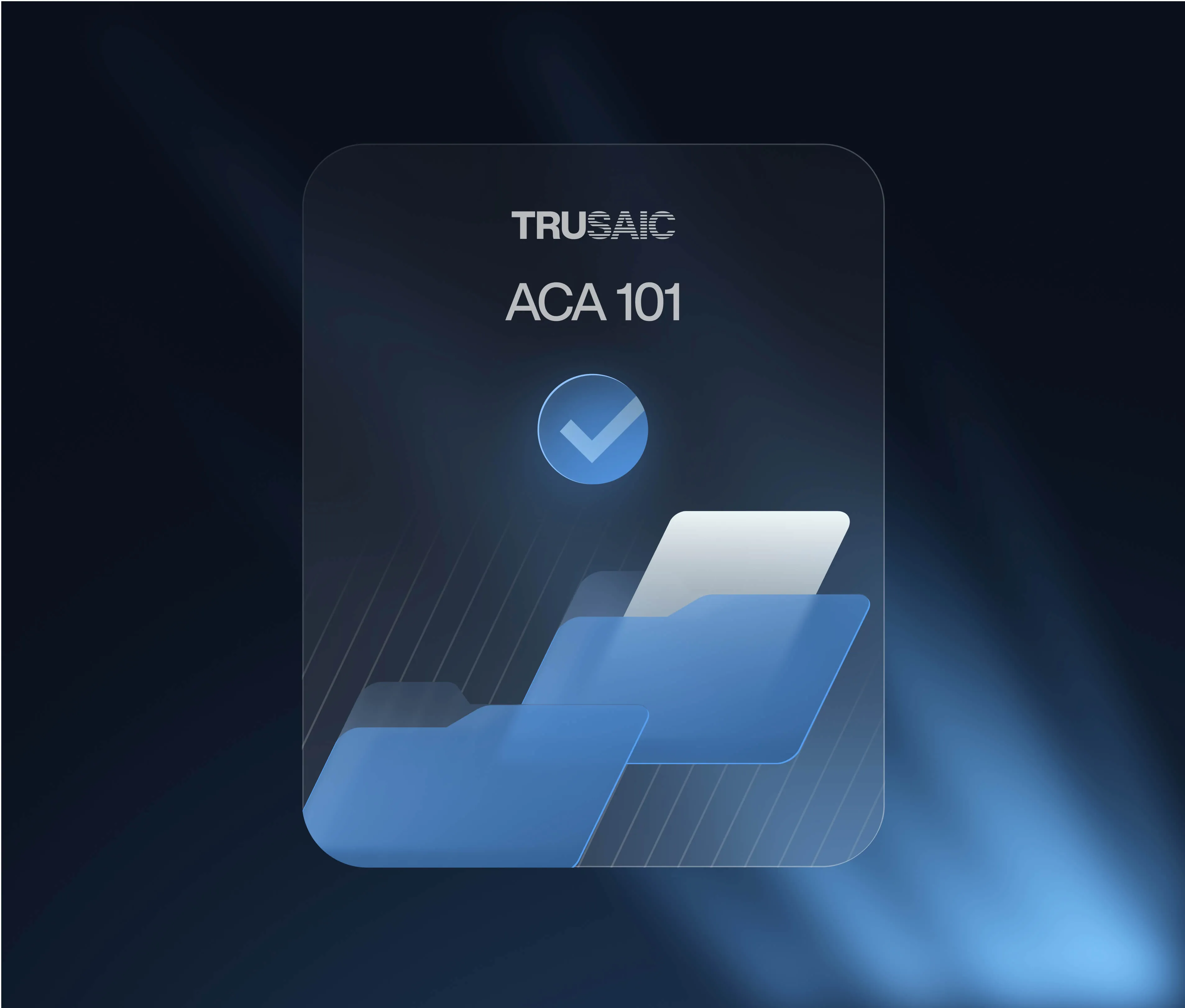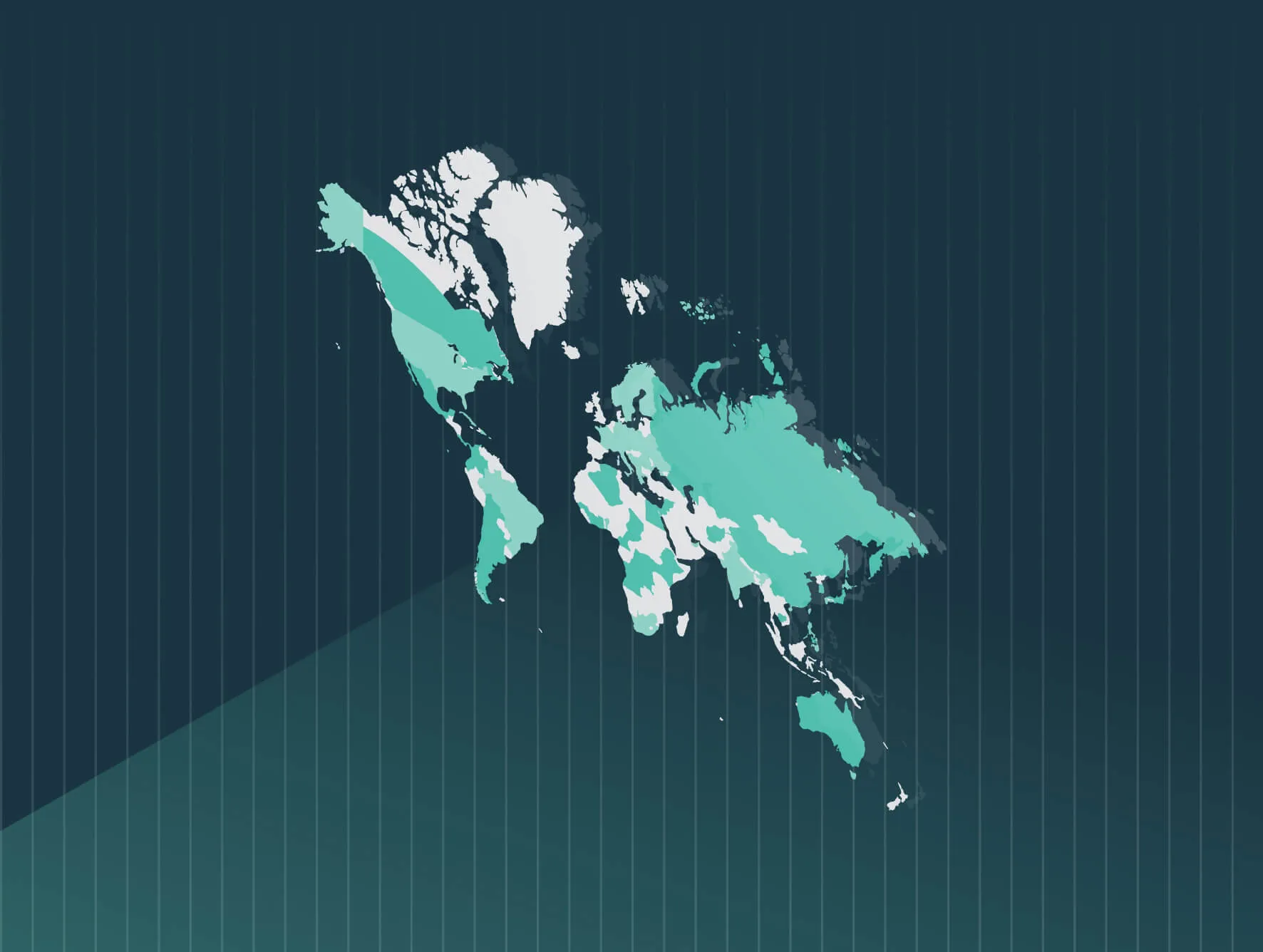Vermont is the latest U.S. state to pass pay transparency legislation requiring salary range disclosure in job listings. Vermont pay transparency law (H.704) was signed by Gov. Phil Scott on June 4. It takes effect on July 1, 2025 and applies to organizations with five or more employees.
Vermont wage transparency requirements follow recent legislation passed in Minnesota (effective Jan. 1, 2025) and Maryland (effective Oct. 1, 2024).
Action Items for Vermont Employers
Like other states where legislation has been enacted, Vermont salary disclosure requirements are aimed at furthering the state’s pay equity efforts. At 11%, Vermont’s gender pay gap is the smallest of all U.S. states.
Under Vermont pay transparency law, applicable employers are required to disclose the salary or salary range for a particular position. Legislation applies to internal and external job postings for roles that are physically located in Vermont, or remote positions that will predominantly perform work for an office or worksite located in the state.
Employers must post minimum and maximum salary or hourly wages for each position. Like pay transparency requirements in jurisdictions such as New York, wage ranges must be “good faith” estimates.
Job listings for commission-based roles do not require a salary range, but employers must disclose that fact. Positions compensated on a tipped basis must disclose that it is a tipped role and include the base salary or salary range for the job vacancy.
The new Vermont employment law makes no provision for fines or penalties for non-compliance. However, employer guidance on compensation for employees will be published by the Attorney General on or before Jan. 1, 2025.
Employers should prepare now to ensure compliance with Vermont salary disclosure requirements.
Action items include:
- Carry out a pay equity analysis: Pay equity software rapidly enables employers to identify gender pay gaps and pay disparities across your organization. Results identify risk areas for remediation and pay gaps within every employee group and at every level in your company. An intersectional pay equity audit reveals the root causes of pay disparities.
- Create a compensation philosophy: Evaluate your company’s Wage Influencing Factors (WIF). What factors does your organization value and reward? When potential WIFs are identified you’ll need to consider which are relevant for all of your organization or only some.
- Evaluate job architecture: If there’s no framework for determining how roles are to be compensated, it leaves the door open for pay inequity. A well-structured job architecture helps to ensure employees are placed in the correct job codes. Job architecture helps organizations to review compensation structures and ensure pay levels are competitive.
- Determine pay ranges: Ensure compliant job postings by providing salary ranges that are competitive, equitable, and explainable. Pay equity software tools help to determine and create competitive and fair salary ranges by overlaying internal pay equity data with external labor market data.
Pay Transparency Landscape
Pay transparency laws continue to expand across the U.S. and globally. States including California, Connecticut, Rhode Island, and Washington have already introduced pay transparency laws.
Hawaii pay transparency legislation took effect on Jan. 1, 2024, the same date as amendments to Colorado’s Equal Pay Act.
Washington D.C.’s Wage Transparency Act takes effect on June 30, 2024, and Illinois pay transparency laws come into force on Jan. 1, 2025.
Massachusetts, which already has a salary history ban in place, is poised to join them, while legislation is pending in Maine, Michigan, and New Jersey. Virginia, where the gender pay gap is 20%, saw its pay transparency bill vetoed by Gov. Glenn Youngkin in March.
Federal employers also face pay transparency requirements following proposals by the Biden Administration. In Europe, EU employers must also prepare for the EU Pay Transparency Directive, which will take effect in 2026.
As pay equity has swiftly become a global movement, every employer should be ready to comply with expanding legislation. Analysis of Glassdoor data by the National Women’s Law Center (NWLC) shows that pay disclosure in job listings in states without pay transparency legislation is also increasing.
Pay Equity at the Center
Many employers face significant compliance challenges within a complex pay equity landscape. Pay equity software can help to overcome these challenges by rapidly identifying and remedying the root cause of pay inequities. Further, it supports the creation of equitable, compliant and explainable job postings and creates a consistent approach to salary disclosure.
Pay transparency attracts more talent to job listings. Additional NWLC research found that 58% of workers prefer job postings that include salary ranges, while 60% support pay transparency practices. A further study suggests that 82% of U.S. workers are more likely to apply for jobs which include pay ranges.
Including salary ranges on job postings creates a more efficient hiring process. Expectations around compensation are managed from the outset, ensuring a positive experience for job candidates, and reputational benefits for employers. As the pay equity movement gathers pace, employers also benefit from greater trust and engagement in the workplace.
With pay equity at the center of your compensation strategy, your organization can be confident of successfully navigating an evolving regulatory landscape.








